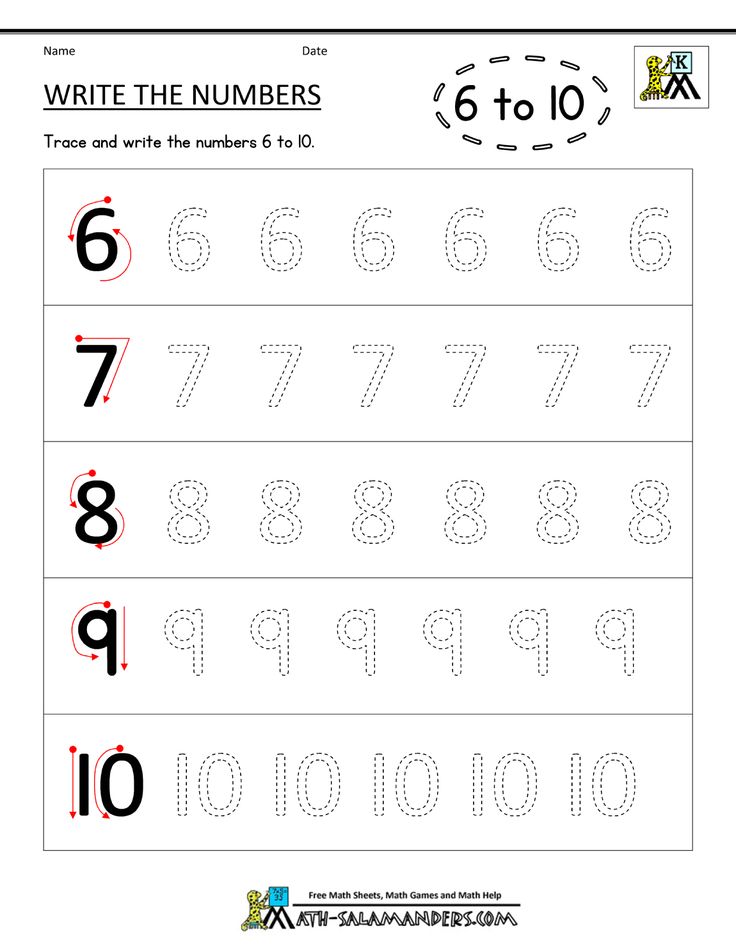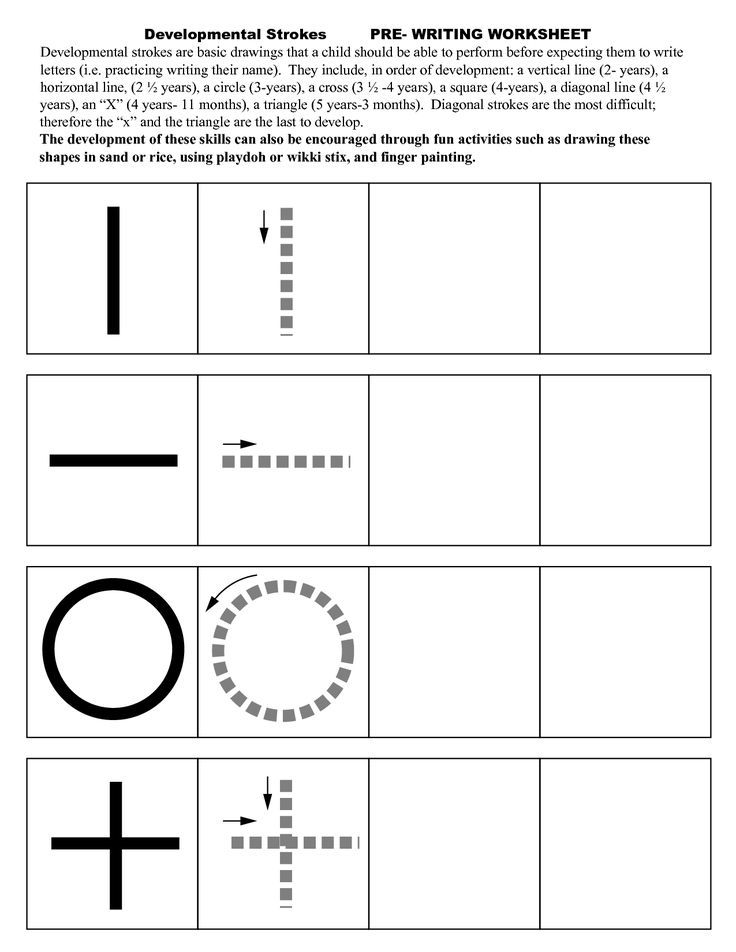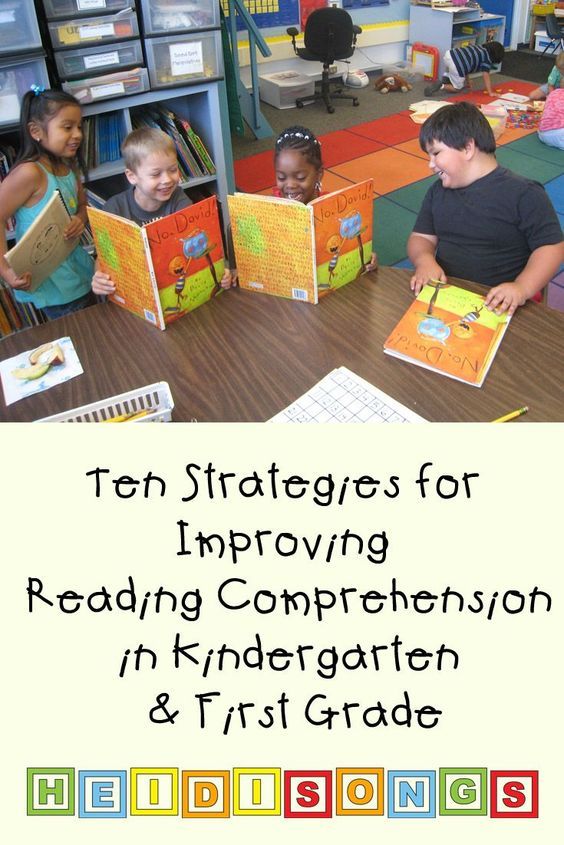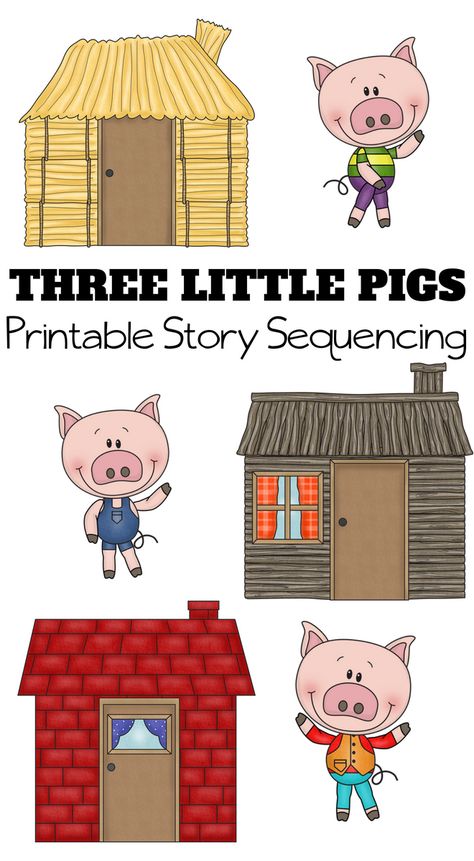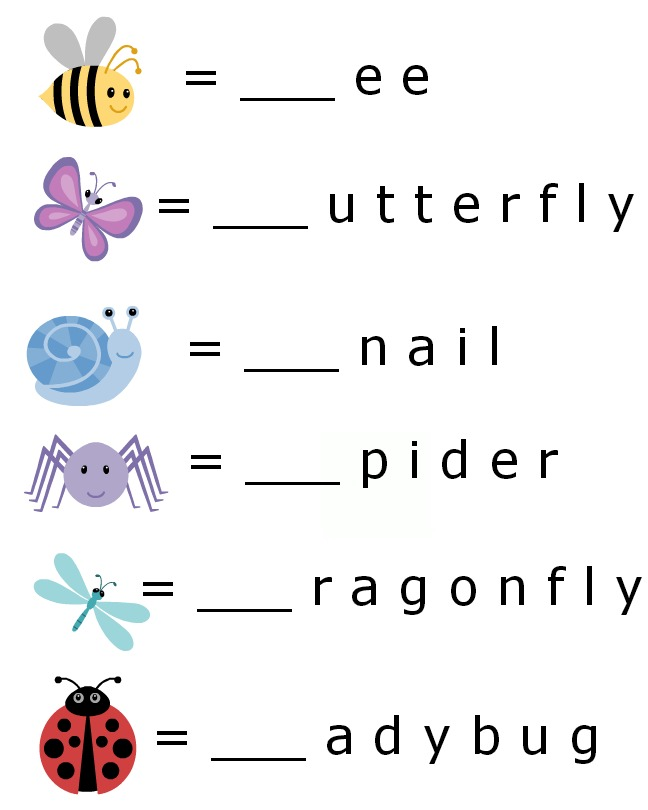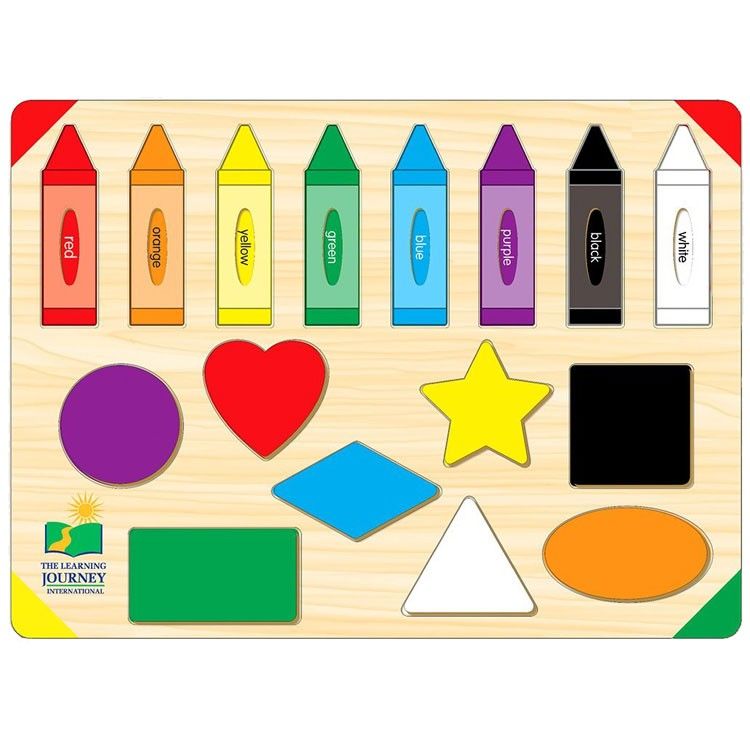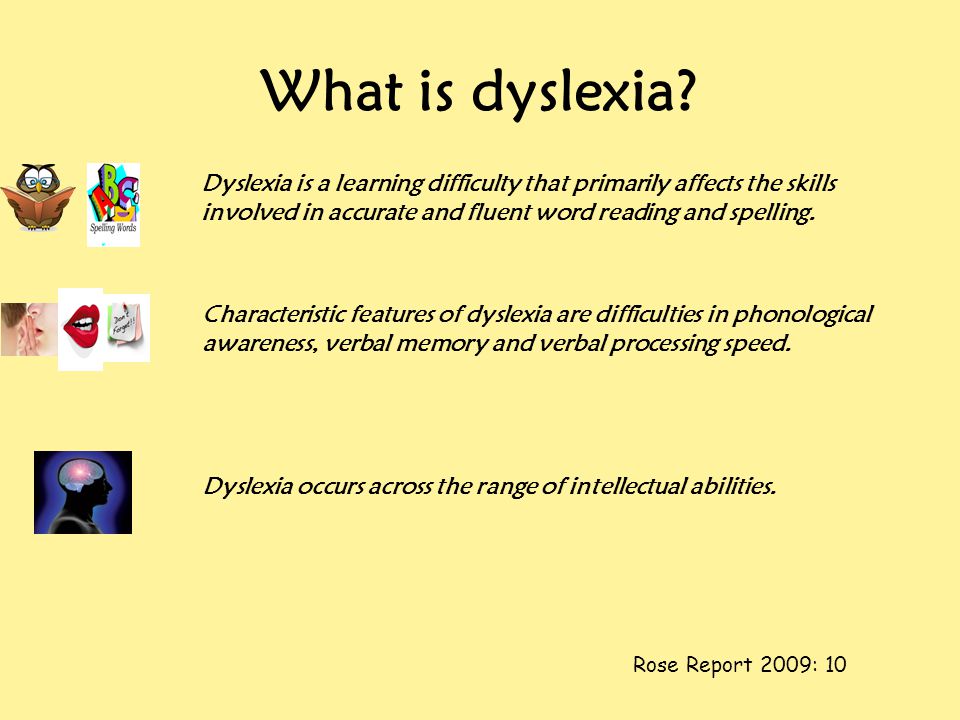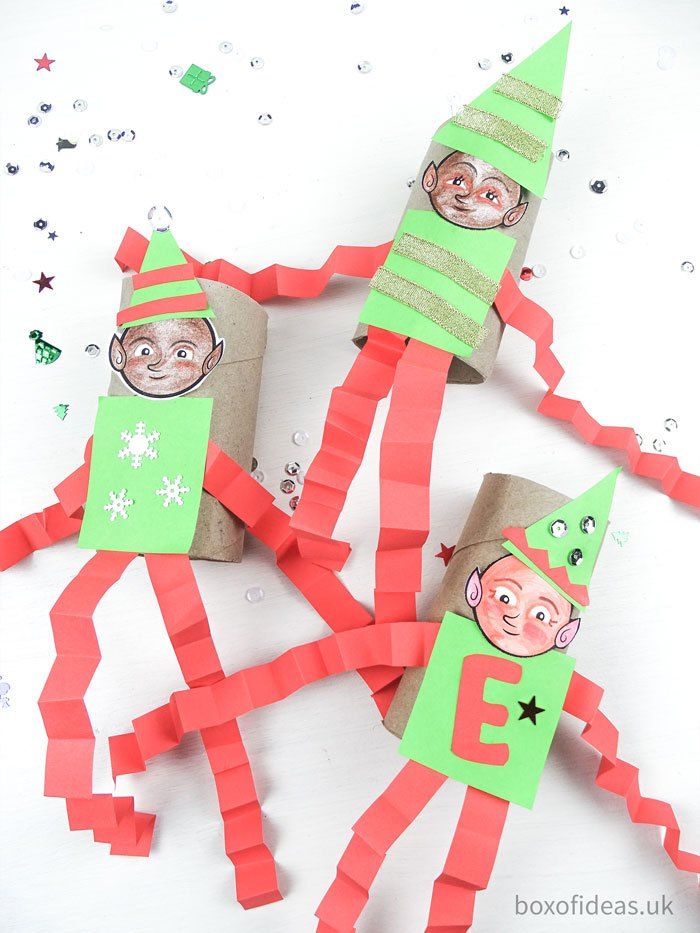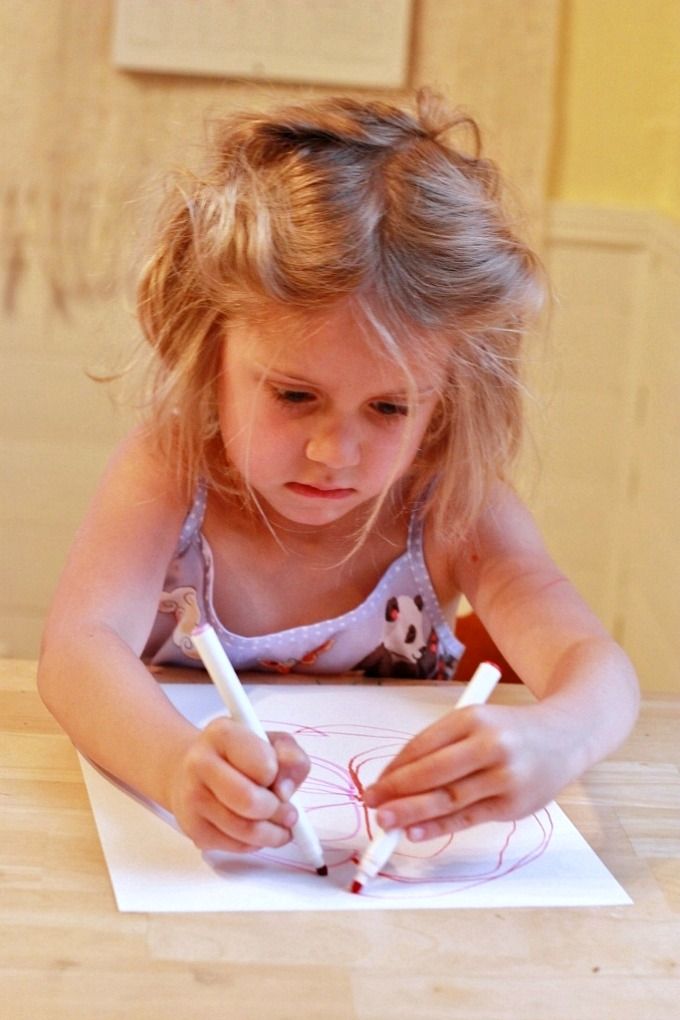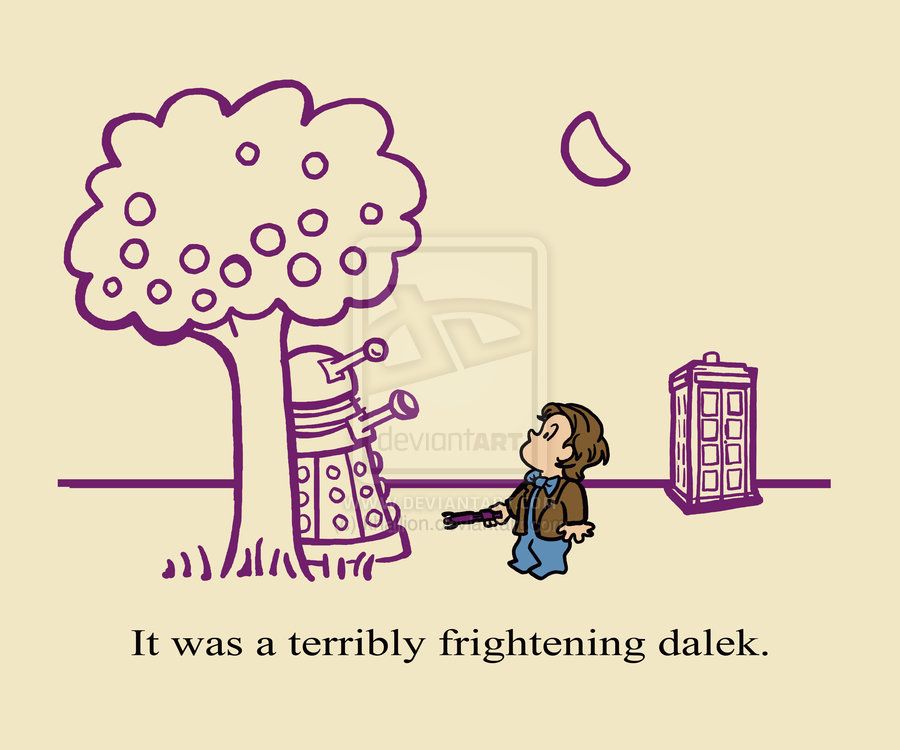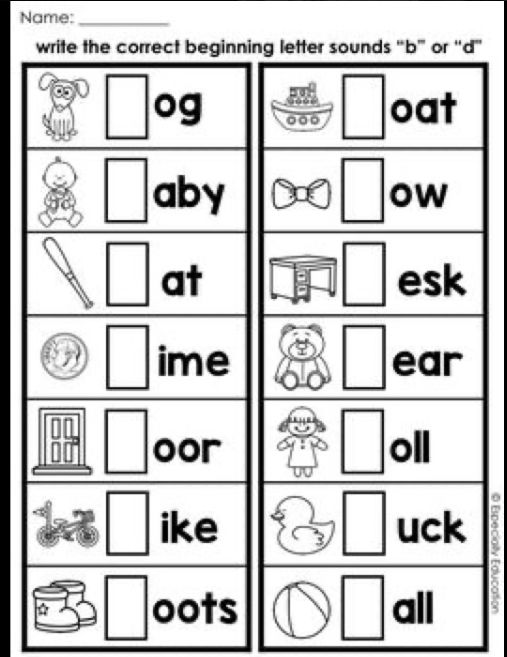Writing numbers for preschoolers
Here's The Best Tips for Teaching Your Child to Write Their Numbers
ByShannon Carino Updated on
Is your child getting frustrated learning to write their numbers? Learning how to write numbers can be a difficult activity for preschool and Kindergarten age kids. We have a secret for writing numbers that just might do the trick!
Writing numbers is easier than you might think!Easy TechNique for Writing Numbers
This tip, from an Occupation Therapy Assistant on Facebook, might be one of the best ones we have seen. Thumb numbers can help your child use their hand as a guide to learn to write.
Related: Over 100 numbers for kids activities for learning
With thumb numbers, your child places their left hand in a rough L shape. Each number they draw is based on using the index finger and thumb as a guide.
Thumb Number Writing for Kids
The top part of the 2, for example, fits your child’s thumb. The L part of a written 4 fits against the L part of the hand. Their thumb points at the center of a number 8.
The Facebook post shows the positioning for each number. Even a 6 fits into the L of your hand with the idea that “Six sits on its bottom.”
Related: Help kids learn number words with this simple activity
Kids can practice this on paper or on a small white board.
Once your child is familiar with the shape, switch the hand for a finger tip, and your child will be able to bring their handwriting down in size to fit a smaller piece of paper.
This article contains affiliate links.
1. Number One Formation
The child’s left hand is resting on the side of the page and the index to thumb webspace of the left hand is used to guide the number 1 formation with a pen or marker.
Around the thumb to form a number 2!2. Number Two Formation
The child’s left hand extends the thumb out to a 45 degree angle or so and is used to trace the round upper part of the number 2 all the way to the thumb base and then a straight line extends out.
3. Number Three Formation
The child’s left index finger points onto the paper and is used for the upper loop of the number 3. If needed, the index finger can be moved slightly to trace for the lower loop or the child can follow a free hand pattern.
4. Number Four Formation
The child’s left hand goes out for a letter L pattern and the index finger to webspace is used to trace for the left side of the upper 4 and the thumb extends perfectly to be traced for the cross line.
Use your index finger to guide the second step in making a number 4!Now use your index finger to help guide the perpendicular line and you have a number 4!
5. Number Five Formation
Kids can keep that same letter L formation with the left hand and then use the index finger to webspace for the vertical line in the 5 and then circle around the thumb to form the circular part at the bottom of the number 5. Add a horizontal line at top and you have written the number 5.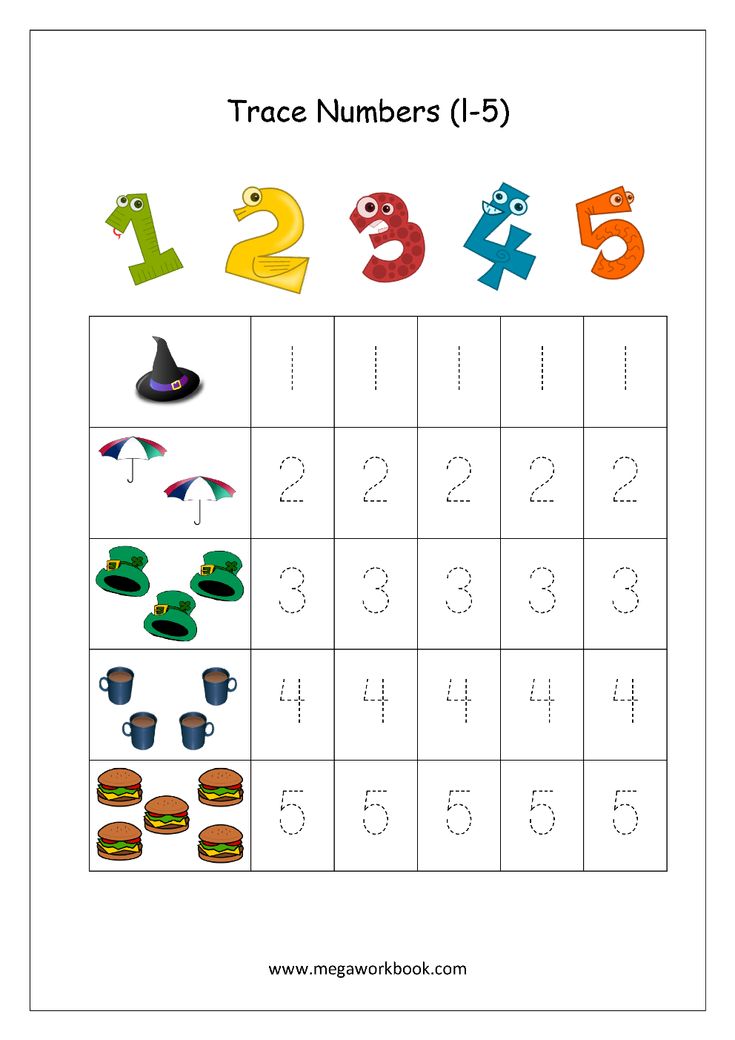
Isn’t this just brilliant? Let us know if you end up giving it a try!
6. Number Six Formation
The child’s left hand is in the letter L formation and the number 6 shape is created by tracing the index finger and then sliding around the webspace into the thumb with a curve and then looping it at the bottom.
Six sits on her head!
-Kevin Delores Hemann Koster
7. Number Seven Formation
Child’s hand starts in letter L formation and the top side of the thumb starts the horizontal line of the 7 and helps create the angle of the vertical slanted line.
8. Number Eight Formation
The child’s extended thumb acts as a guide for the middle of the figure 8 formation.
9. Number Nine Formation
The child’s extended left thumb is a guide for the circle portion of the 9 above the thumb and the vertical line extending down below.
Related: Looking for a play based preschool curriculum?
Left Handed Number Writing
Keep in mind that the main tip is based on having a right-handed child, using the left hand as a guide.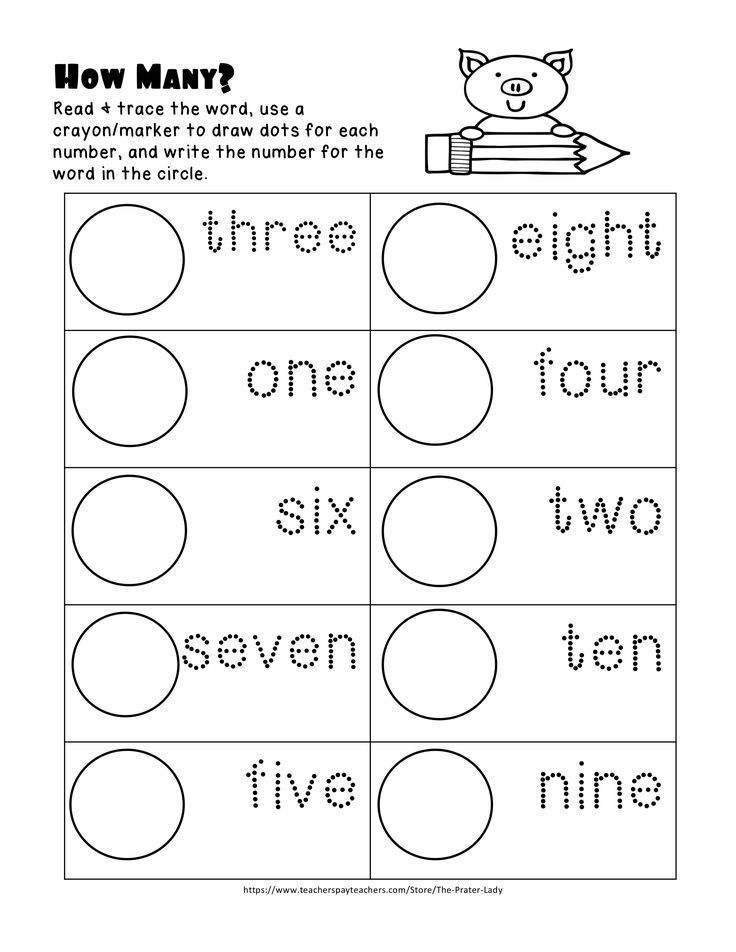 For a left-handed child, they can flip their right hand which seems clumsy, or trace them a copy of their own left hand to use.
For a left-handed child, they can flip their right hand which seems clumsy, or trace them a copy of their own left hand to use.
More Number Learning Fun & Number Writing Activities
- Check out our big list of color by number printable activities for preschool, Kindergarten and beyond
- We have the cutest number coloring pages for preschool
- These number tracing worksheets for toddlers and preschoolers are so much fun you may find yourself humming the Baby Shark song
- How about a fun color by number set for hours of counting learning
- Pssst…we have learning fun around all 26 alphabet letters! <–Take a peek!
Did this easy tip help your child with number writing?
Shannon Carino
Meet Shannon. She writes at Bento Lunch about healthy, creative ways to feed children with a focus on balance and presentation. Stay connected with her on Facebook, Pinterest, and Twitter.
Teaching Kids to WRITE the Numbers! – FREE Number Poems!
Teaching children to write the numbers correctly can be very frustrating for early childhood teachers! Also, attempting to GRADE their writing can be equally TRICKY! What does a number written correctly look like, versus one that is not? In this post, I am going to tell you how I teach my students to write the numbers.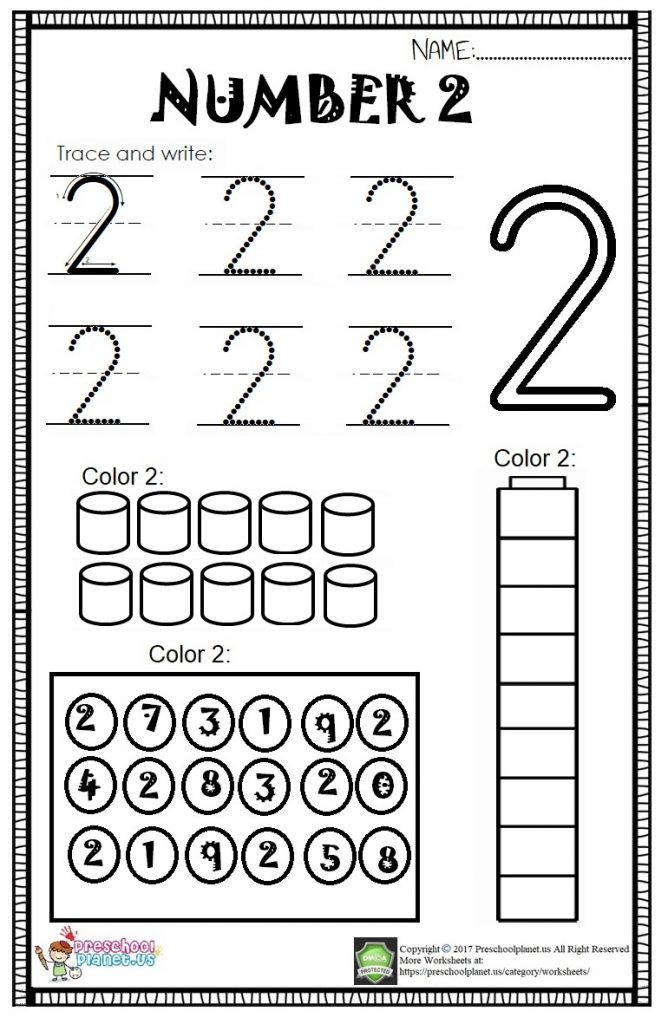 I’ve posted some examples of student work showing numbers that look correct and some that are not, in my opinion. I explain under the photos why certain numbers “would pass” or not. I also have some FREE number formation poems to share with you, plus a FREE download of a parent guide that explains what those correctly formed numbers should look like- and the incorrect ones!
I’ve posted some examples of student work showing numbers that look correct and some that are not, in my opinion. I explain under the photos why certain numbers “would pass” or not. I also have some FREE number formation poems to share with you, plus a FREE download of a parent guide that explains what those correctly formed numbers should look like- and the incorrect ones!
So it seems that every year, getting the children to write those numbers can be something like pulling teeth: it comes slowly, and getting them to just “CARE” seems to be half the battle! Perhaps the reason for this is that we know that the most important learning in math comes from working with manipulatives on hands on concepts, rather than teaching them to do paperwork. So children spend most of their time counting, sorting, and patterning, and not as much time is devoted to doing pencil and paper work. When it comes to math in Kindergarten, why would we want to spend much time with pencil and paper?
When young children begin learning to write numbers and letters, both visual perception and fine motor skills are still developing.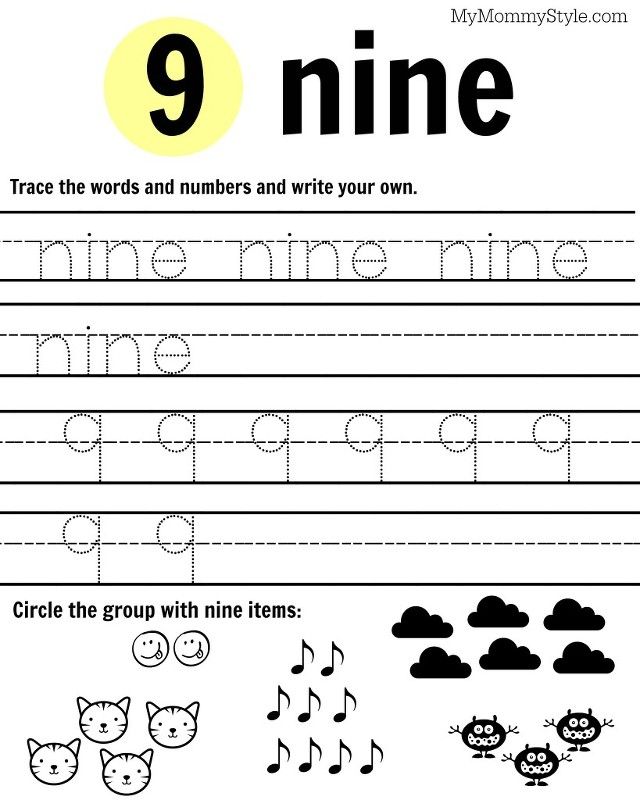 They also need to be very sure of the counting order of numbers.
They also need to be very sure of the counting order of numbers.
So I tend to send math worksheets home for homework rather than do very many of them in class, since 15 minutes of daily homework is required in my school district anyway beginning in Kindergarten. So my thought is, why not let them do this sort of thing at home, rather than spend our valuable class time at school doing this? By the way, if you would like a free copy of this number writing worksheet with these large boxes, click here. The file has the paper formatted in two ways: one paper has instructions for parents to be used for homework, and the other has instructions for use in the classroom.
As you can see in this young kindergartner’s writing, some of the numbers are tricky for them, such as the two, three, and four above.
Just so you know, I do often also ask parents to sign off on having done a short activity with manipulatives with their children as well, such as patterning or sorting.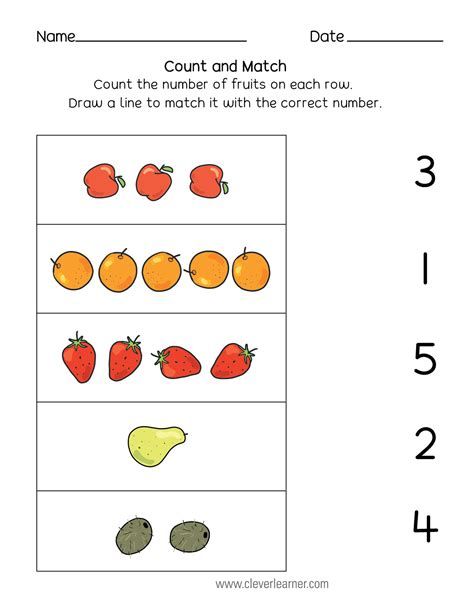 (Click here to see how I do my homework and get a free copy you can edit.) However, I have a strong suspicion that some parents sign off on the paper without doing the activities because if I ask some of the children whether or not they did that at home, they just look puzzled and shake their heads “no.”
(Click here to see how I do my homework and get a free copy you can edit.) However, I have a strong suspicion that some parents sign off on the paper without doing the activities because if I ask some of the children whether or not they did that at home, they just look puzzled and shake their heads “no.”
As children start to gain more maturity and experience with the counting sequence and pencil control, they begin to feel more comfortable writing more numbers. However, many of them still need some help with number formation. This child is doing very well, but still needs to work on numbers two, three, six, and seven. Also, I would have the child work on getting the horizontal line on the number four to cross all the way over the longer vertical line (but not all teachers require that, I know.)
And, there is one major problem with having kids do math paperwork at home: there are always a few parents will accept ANY printing from their children, whether it’s numbers, letters, shapes, or anything else.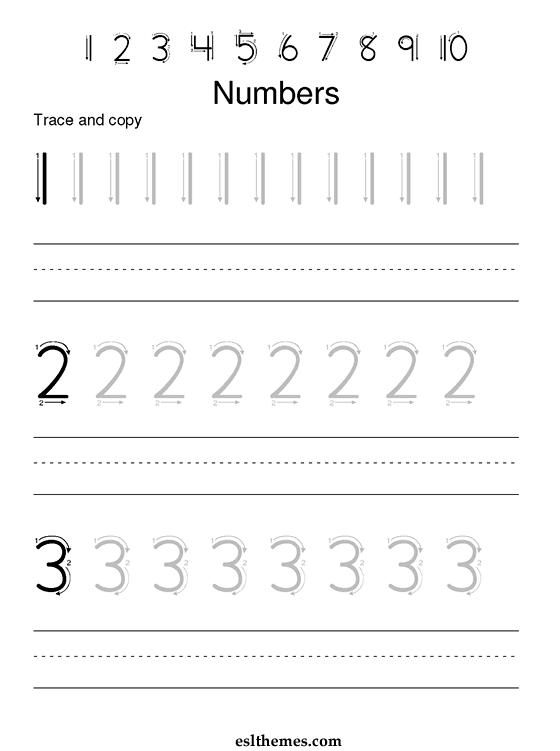 In fact, it seems to be the exception to find a mom (or dad) that actually requires that their child do careful work on their homework- and I often find that these parents are ALSO TEACHERS, LOL! The trend seems to be that the lower the socio-economic status of the family, the less supervision of homework that I observe on papers that are returned (or worse- there is no homework done at all.) There are always exceptions to the rules, but that’s just what I have observed in general.
In fact, it seems to be the exception to find a mom (or dad) that actually requires that their child do careful work on their homework- and I often find that these parents are ALSO TEACHERS, LOL! The trend seems to be that the lower the socio-economic status of the family, the less supervision of homework that I observe on papers that are returned (or worse- there is no homework done at all.) There are always exceptions to the rules, but that’s just what I have observed in general.
This paper shows work done by a child that is very comfortable writing the numbers and clearly knows the counting sequence well. I can see that there was no hesitation or second thoughts, because the child didn’t need to stop to erase and rewrite any numbers. All of the numbers are formed correctly; the only thing that I would help the child with is trying to get the number two to be the same height as the rest of the numbers (the child did it twice.) Also, the zero on the number ten is a bit small, but that could have been just a one time error.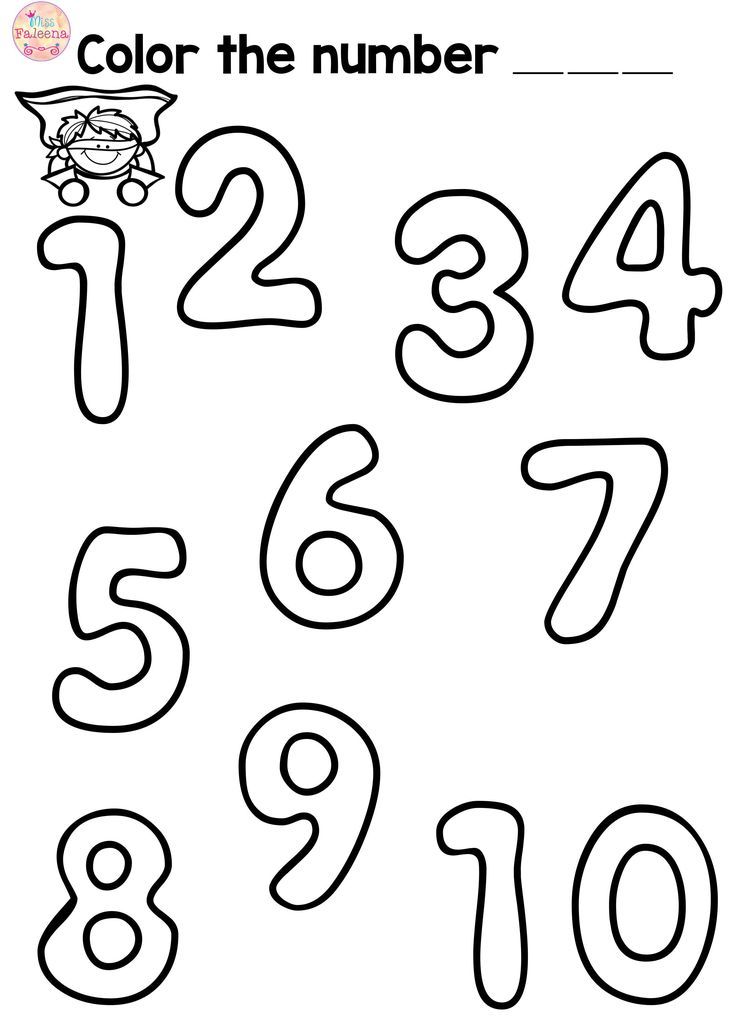 The important thing to look for when helping children learn is mistakes that are repeated over time; not the single error on a test.
The important thing to look for when helping children learn is mistakes that are repeated over time; not the single error on a test.
So here is the issue: even though when we go over and over how to form the numbers correctly, some of the children have simply formed bad habits somewhere. Or, maybe they need more time to work on their fine motor skills. Whatever the reason, here are some ideas that may help!
I decided to make a guide for parents that would explain exactly what is acceptable in number writing (at least in my classroom) and what is not, such as not making “snowmen” rather than a numeral eight drawn with a loop, if you know what I mean. I have included this sheet as a free download for you today, just in case you are having the same problem! Of course, it does have one important flaw: it does no good whatsoever unless someone at home actually READS it, so no guarantees!
Along with this guide, I stapled a practice number writing test with the numbers that needed some work circled in red pen.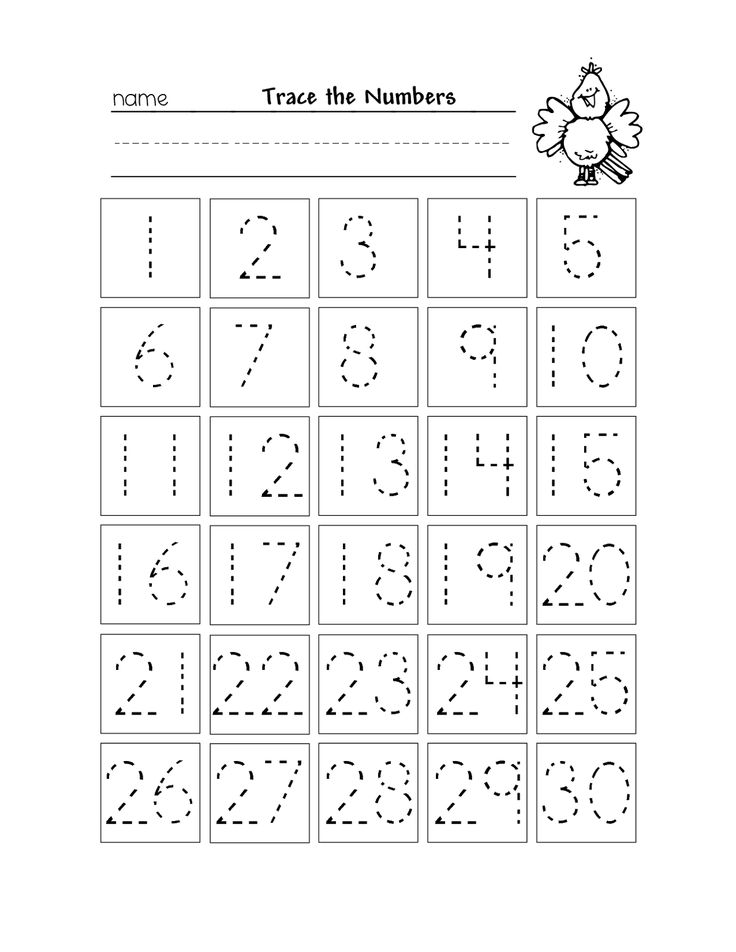 (I hate doing that, because I know that the children will see it, but sometimes there is no other way to get that many messages home!)
(I hate doing that, because I know that the children will see it, but sometimes there is no other way to get that many messages home!)
When we DO practice number writing on worksheets, I usually use my Counting Creatures worksheets below. They are fun (or more fun than MOST worksheets) because of the illustrations! But we also practice using the techniques below.
For number writing practice from 11-20, try HeidiSongs Counting Creatures Vol. 2!
If your students are having more trouble learning to write the numbers 11-30, our Number Jumble 0-30 videos on our HeidiSongs Video Streaming Site or on DVD! The songs on it REALLY help kids remember how to make these tricky numbers, especially the teens!
How to Teach Children to Write the Numbers- and Some Number Formation Poems!
In addition to this paper to send home, this is how I teach my students to write the numbers in school.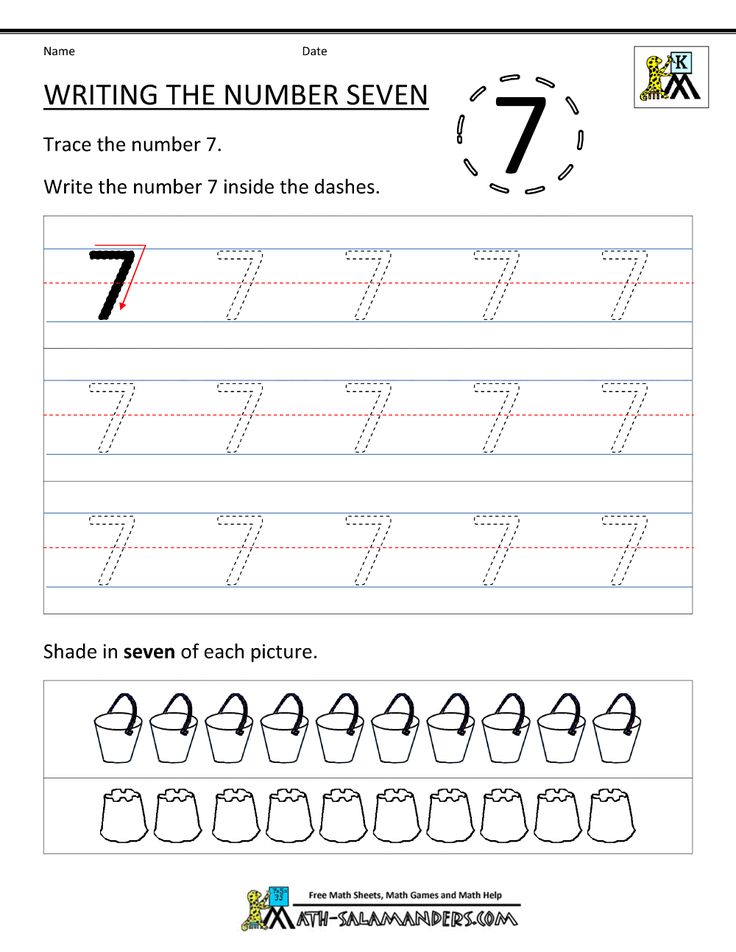 Below, I am listing the specific language that I use with my students to help them learn how to write each number. Click here to get the free download of the cards!
Below, I am listing the specific language that I use with my students to help them learn how to write each number. Click here to get the free download of the cards!
In our Number Jumble collection, we turned the number formation poems below (numbers 0-10) into SONGS and animated them with the Counting Creatures characters from those workbooks shown above! It turned out totally adorable! Here’s a clip below!
Simple Number Formation Poems for teaching kids to write 0-10! FREE download here!
Zero:
Start at the top, make a circle that touches the line that you are writing on, and then go back up to the top.
Zero, zero,
Nothing to it!
Circle round,
I can do it!
One:
Start at the top and pull straight down. Don’t make a “flag” at the top! (Sometimes when children do this, the numeral winds up looking like a seven.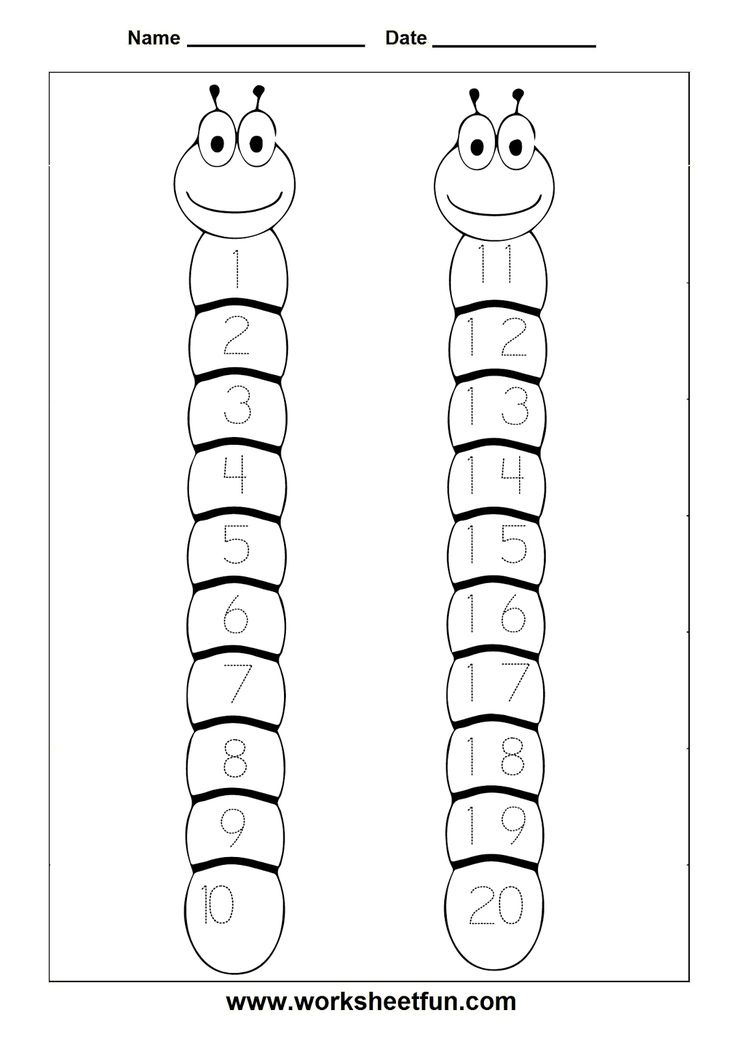 )
)
I can make a one for you.
Straight line down,
And now I’m through!
Two:
Start high, make a rainbow, make a diagonal “slide” down to the bottom, and straight line across. Our number two should not look like a backwards S or a snake! If the line on the bottom is not as straight as an arrow, something is wrong.
Start up high,
Rainbow bright,
Down the slide,
Straight line right.
Three:
This is a tricky one for the children! Start high and begin making a circle. Stop when you get halfway around! The end of your half-circle or “bump” is where you start your next one! Trace the last part of that bump and draw another one underneath it. Our number three shouldn’t look like a snake! (Note: in the poem below, when I say “Back up,” I mean to go backwards. That’s the part where they trace.) BTW, if someone has a better idea, I’m open to changing these!
Half a circle,
Back it out,
Half a circle, give a shout!
One problem for some kids is understanding the word “trace. ” If they don’t know what you mean, then they won’t understand that you want them to draw right on top of the end of that first half circle to begin their first one. You’ll probably have better luck getting nice looking number threes if you explain that first.
” If they don’t know what you mean, then they won’t understand that you want them to draw right on top of the end of that first half circle to begin their first one. You’ll probably have better luck getting nice looking number threes if you explain that first.
Four:
Start up high, and pull straight down. Now make it a capital L. Start high again and make a lowercase t right through that L! Your line has to go right through that L so that we can see both “arms.” Our number four wants both arms to show!
Make an L
And then for fun,
One line down,
And now you’re done.
Five:
We first make the line going down, then circle around, and THEN give it “a hat.” So I say, “Down, around, give it a hat.”
Down, around,
Give it a hat.
That’s a five,
Just like THAT!
Six:
Start at the top and make a letter C. Then draw a little circle or loop at the bottom.
Start on top,
And circle around,
Loop-de-loop
The bottom down!
Seven:
Start up high, and make a straight line. Then make a “slide” or a diagonal line. (Watch out for kids that make that second line going straight down rather than diagonally.)
Then make a “slide” or a diagonal line. (Watch out for kids that make that second line going straight down rather than diagonally.)
Make a straight line.
To the right,
Down the slide,
And say goodnight.
Eight:
I tell the kids to make an S, but then to keep going. They need to just draw a line from where the S ended to back where it started, like a “Connect the Dots” worksheet.
Make an S,
And then don’t stop!
Draw a line,
From the bottom to top.
Nine:
Make a circle up high, and then draw a straight line down.
Draw a circle
Up on top,
Straight line down,
And then you stop.
Ten:
Make a one and then a zero. The one and the zero should be the same size or height; “one shouldn’t be in preschool and the other in Kindergarten.”
On the left,
you make a one!
Make a zero,
Now you’re done!
Did you miss the link? Click here to get the free download of the cards!
Hope these tips, tricks, and freebies help!!
-Heidi
----------------------------------
Follow me! Did you enjoy this post? Do me a favor and share it with your friends! And follow this blog by signing up for my email updates here, or follow on Bloglovin', or follow me on TPT! I'm also on Pinterest, Facebook, Twitter, Instagram, Google+ and YouTube, too! Don't forget to sign up for our email newsletter for special deals and promo codes that you won't find out about anywhere else.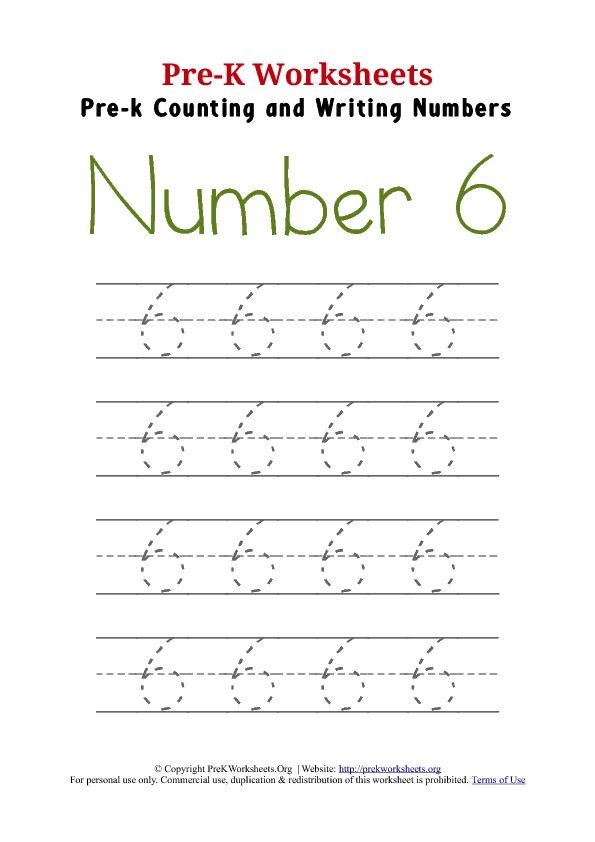
Print copy-books for children - No analogies
Published Updated
Content
- Print large schedules-cyfras
- printed letters and numbers from 1 to 10
- Color Plains: Print writing from 1 to 10,
- painting painting painting. with numbers for children
- Poems about numbers
Print out the numbers from 1 to 10 and the numbers from 1 to 20 for preschool children: large and clear numbers with hints. Letters and numbers in words for children.
We can very quickly start learning accounts with children. Even in the first year of a child's life with the help of children's counting rhymes, nursery rhymes, finger gymnastics. However, at some point, it's time to learn to write down all those mathematical calculations that are performed every day.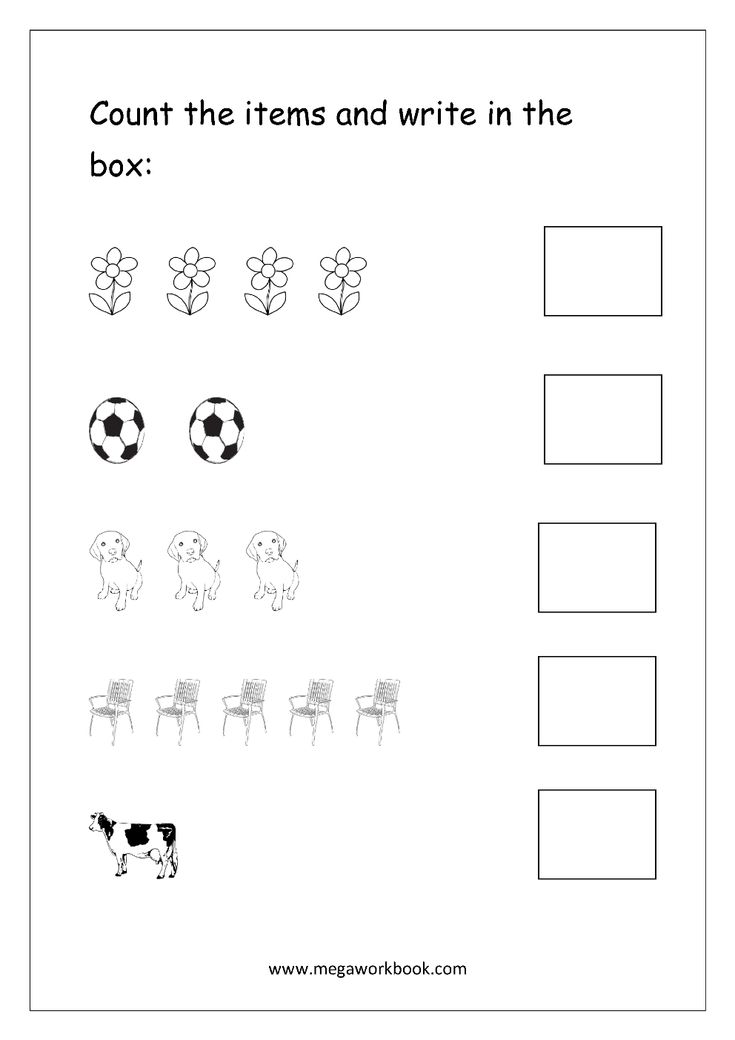 And this important transition means not just the development of the child's graphomotor skills, but also the transition from mechanical memorization to true mathematical operations : analysis and processing of input data, counting, comparison, obtaining a result.
And this important transition means not just the development of the child's graphomotor skills, but also the transition from mechanical memorization to true mathematical operations : analysis and processing of input data, counting, comparison, obtaining a result.
Try it: Preschoolers are interested in estimating the time left before an expected event, counting money before making a purchase, or adding up points earned during a board game.
Handwriting is an important part of your child's development. While handwriting is rapidly being replaced by tablets, laptops, or other electronics nowadays, it's worth spending some time on it.
Learning mathematics is impossible without knowing how to write figures and numbers, how to correlate an abstract sign and a number.
Print large copybook numbers
Print out copybook specially prepared for preschoolers .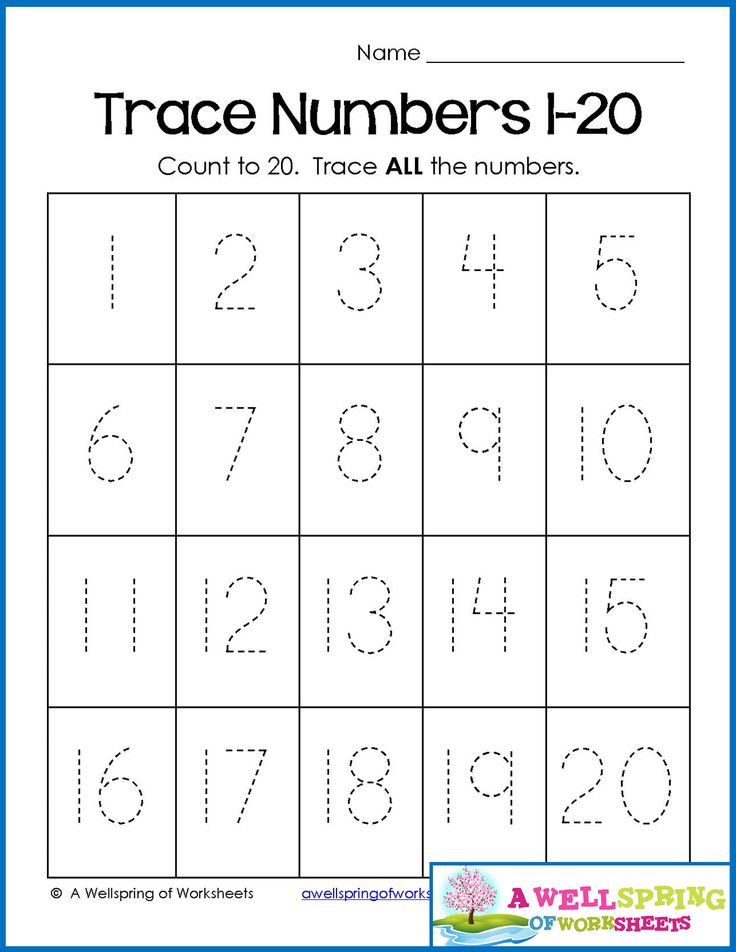 A large font makes it easier to master the skill of writing a number and does not prevent frequent repetition. An additional large pattern of a well-known figure makes it easier to remember its appearance.
A large font makes it easier to master the skill of writing a number and does not prevent frequent repetition. An additional large pattern of a well-known figure makes it easier to remember its appearance.
👉 Print the copy-numbers in PDF format
Printed letters and numbers from 1 to 10
Handwriting is something that cannot be denied even in the era of digital gadgets and smartphones. The process of writing a text by hand has a beneficial effect on the human brain, as the sensorimotor parts of the brain are involved.
👉 Print Copybooks with block letters and numbers in PDF format.
Color copybooks: print the spelling of numbers from 1 to 10
👉 Print color copybooks with numbers in PDF format.
Coloring books with numbers for kids
👉 Print coloring books with numbers
Poems about numbers
More poems for preschoolers about numbers are hidden here
It looks like a cat,
If folded into a ball.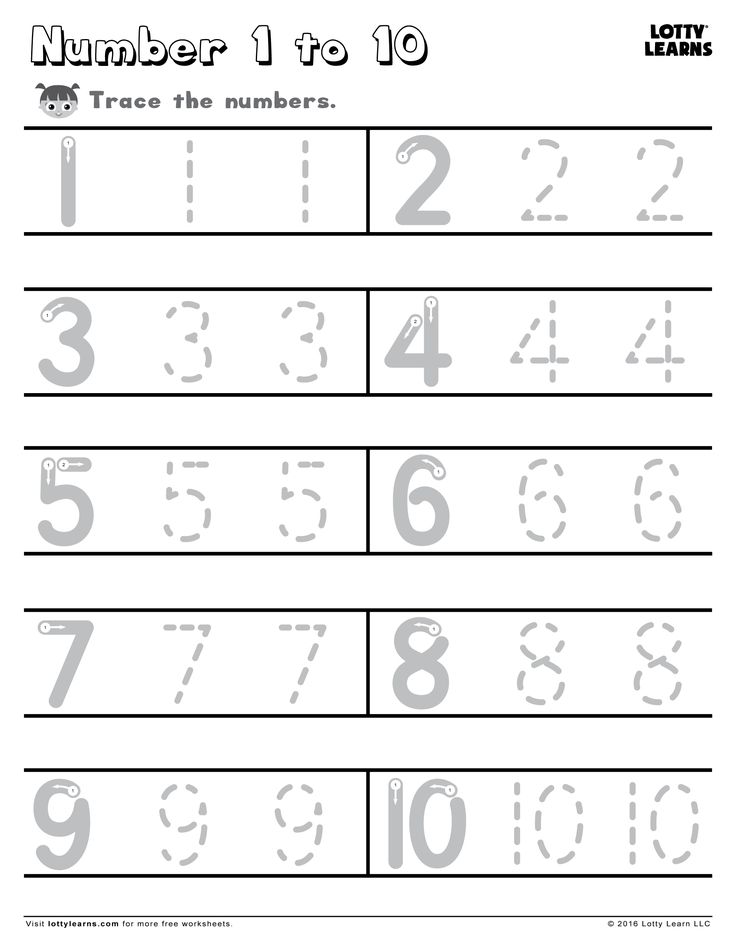
This number is one.
A thin nose, like a knitting needle,
She hung down, sad,
After all, she is only one.
Bend the neck like a deuce
I probably won't be able to.
Maybe you can? Barely!
A swan with the number 2 will be able to.
The number three as a threat
Sets up three splinters,
Three hooks for fishing,
There are two shafts between them.
Someone turned an old chair
upside down at night.
And now in our apartment
He became the number 4!
Look at the number 5.
Taking the five by the handle,
You can scoop up like a ladle
Water and sand-loose.
If padlock
The proboscis will lift up,
Then we will see here
Not a lock, but the number six.
I won't be able to do this
Work in the meadow.
It looks like a scythe,
But it cannot mow the grass -
Not sharpened at all
And the number 7 does not mow. This is 8!
8 - two rudders together,
Or two zeros together.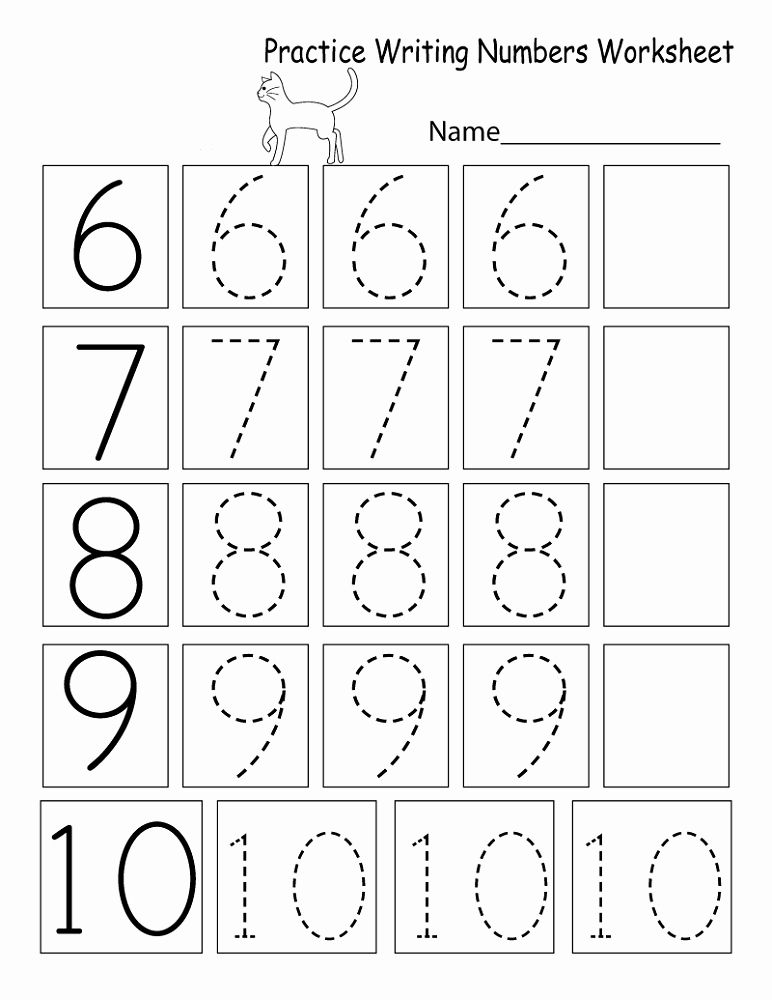
Is the number nine a bun?
Or maybe a ball?
This cat Barsik is sleeping,
And the tail is crocheted.
See also:
- Count up to 10
- Preschool copybooks
- Colored tracings
- Coloring numbers.
Grafomotorik Children cheap analogue mathematics Motematic Motorika Preparation for the School School
( 7 GRAYS, average 5 5 )
Share with Friends 10 for preschoolers (circle, write a number)
Numbers are suitable for preschoolers 4-5, 5-6 years old, 7 years old, children of the 1st grade. We have selected different recipes with tasks that are interesting for children. Can be used at home, in kindergarten in the preparatory group, at school.
Your child will learn to write numbers, paint numbers from 1 to 10, develop fine motor skills, and learn how to hold a pencil correctly. Children will also learn to count objects, because in each recipe there are tasks for counting.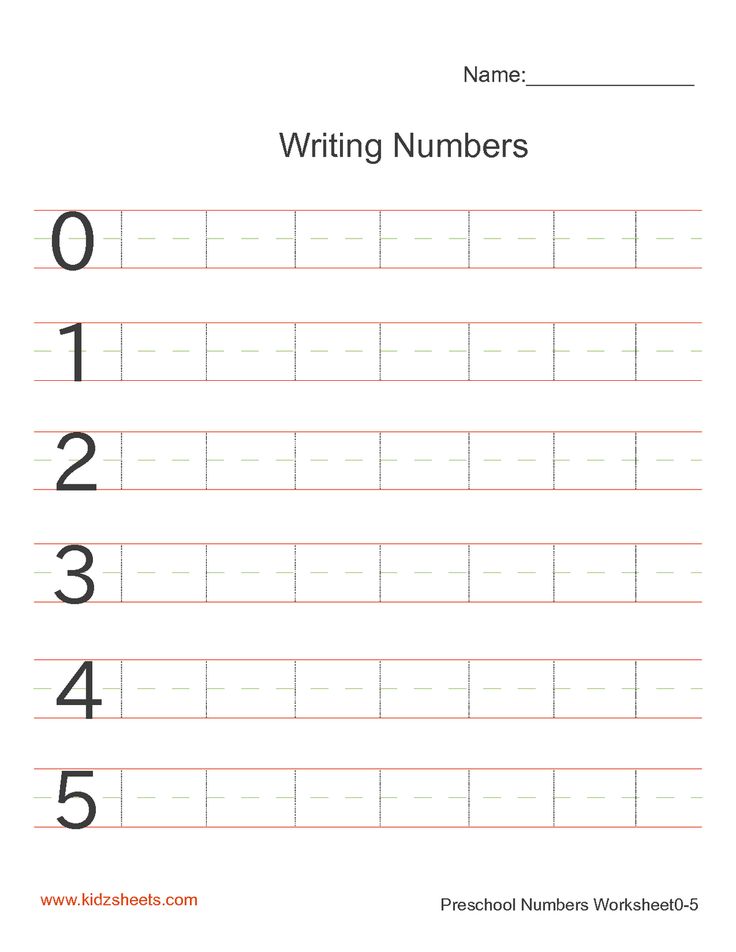
It is better to write copybooks with a simple pencil. With preschoolers, you can study 3-4 times a week for 20-30 minutes.
Contents
- Copybook-coloring Numbers from 0 to 10 for preschoolers (by dots)
- Copybook-coloring Numbers up to 10 for preschoolers
- Copy-book numbers with tracing and coloring (Circle the number1, 6)
- along the contour. Recipe in a cage for children 6-7 years old.
- Write the numbers in the cell. Circle and write the numbers. Learning to write numbers with preschoolers at home and in the preschool educational institution
- Write down numbers of different sizes. Circle and write
- Copy Numbers. The first prescriptions for the points
- The first prescriptions for numbers from 1 to 9. Write and do the tasks on the cards.
- Learning numbers with preschoolers. Color the numbers with plasticine
- Finding recipes for children 3-4 and 5 years old.
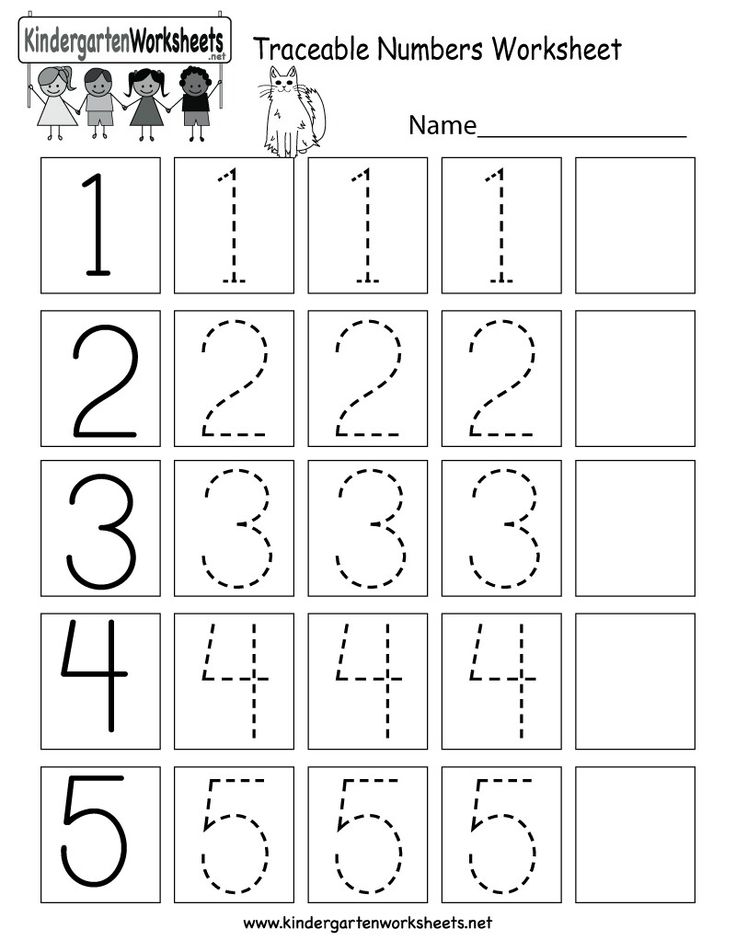 Find the numbers and color
Find the numbers and color - Beautiful numbers. Study the numbers and color them
- Learning numbers. Mindfulness game - color correctly according to the model
- Copybook "Learning to write numbers"
- Copybook-outlines from 1 to 5, learning to write
- Recipe strokes from 6 to 10 for preschoolers
- Learning numbers - the game "Find the number"
- Recipe numbers and hatching for children 5-6 years old
- Recipe for children 6 years old by cells
- Let's write the number 1. Learn to write the number 1. 1 with preschoolers
- Copy numbers 2. Learning to write numbers with kids
- Copy numbers 3 for toddlers and preschoolers
- Copy numbers 4 in dots and in a cage
- Copy numbers 5
- How to write numbers 9 correctly0016
Copybook-coloring Numbers from 0 to 10 for preschoolers (by dots)
Task: write the numbers in the copybook, count the number of objects and color the pictures.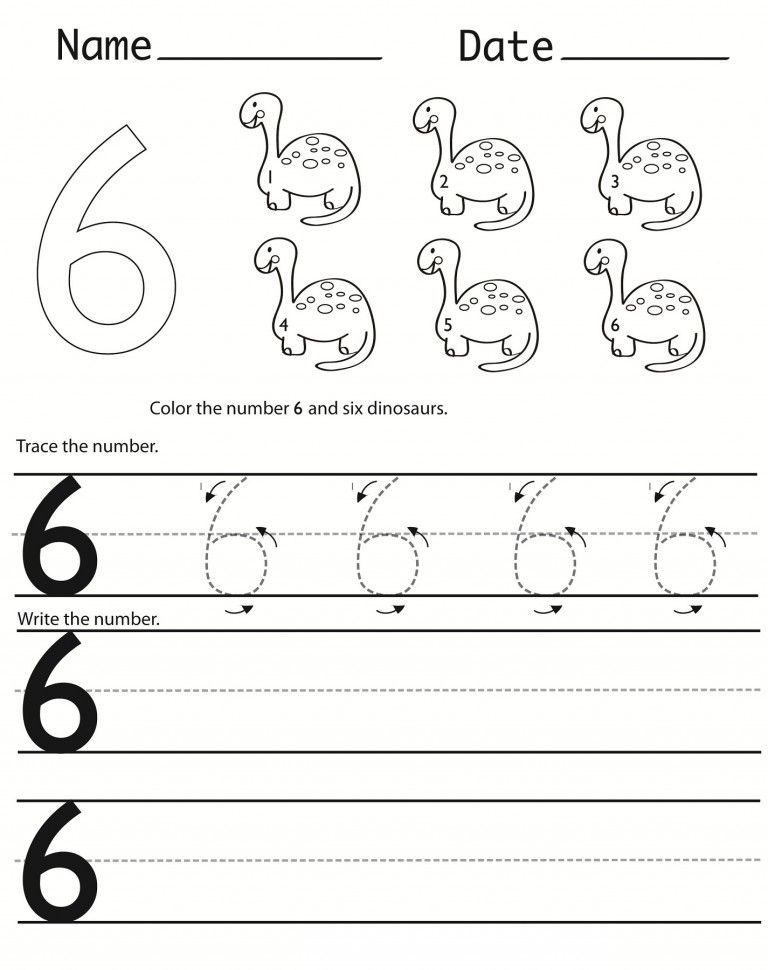
Recipes are suitable for children aged 4-5 as first prescriptions.
Significant digit to 100049
Very useful recipes for learning numbers - learn to write numbers and hold a pencil correctly. After completing the tasks - decorate bright pictures! Recipes are suitable for older children - from 5 years.
Calculation digits with a rewinding and coloring (circuit)
00
spaces of the codes. Children love these pictures. Print for free. Write down the numbers and color the small numbers, count the animals. Talk to the children about the relationship between the number of objects and numbers.
The number records, circle the number.
 Recipe in a cage for children 6-7 years old.
Recipe in a cage for children 6-7 years old. In this task, the children must write the numbers in a few lines in a cage - this is a very serious task. Also, the child must explain why so many pictures are drawn near each number.
Write numbers on A4 sheet in a cage. Suitable for preschoolers 6-7 years old. Write down the numbers in the cells and the fungus, etc.
Write down numbers of different sizes. Circle and write
spelling number 1- 9014 The first dotted copybooks
Write, trace and color the pictures by counting them.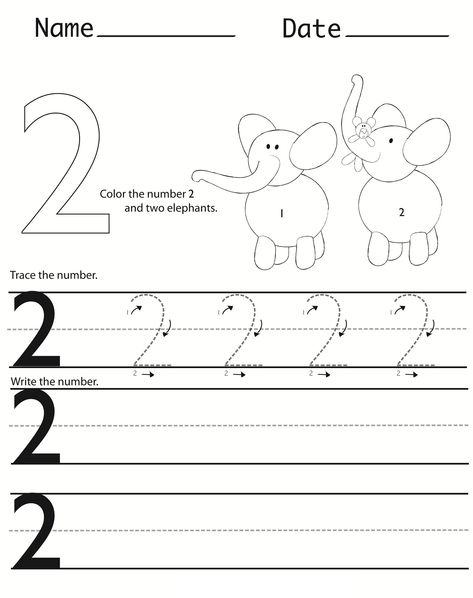 The first dotted lines.
The first dotted lines.
First write down the numbers from 1 to 9. Write down the tasks on the cards.
We study the numbers with preschool children. Color the numbers with plasticine
Finding recipes for children 3-4 and 5 years old. Find the numbers and paint
beautiful numbers. Learn the numbers and color them in0015
Learning numbers.
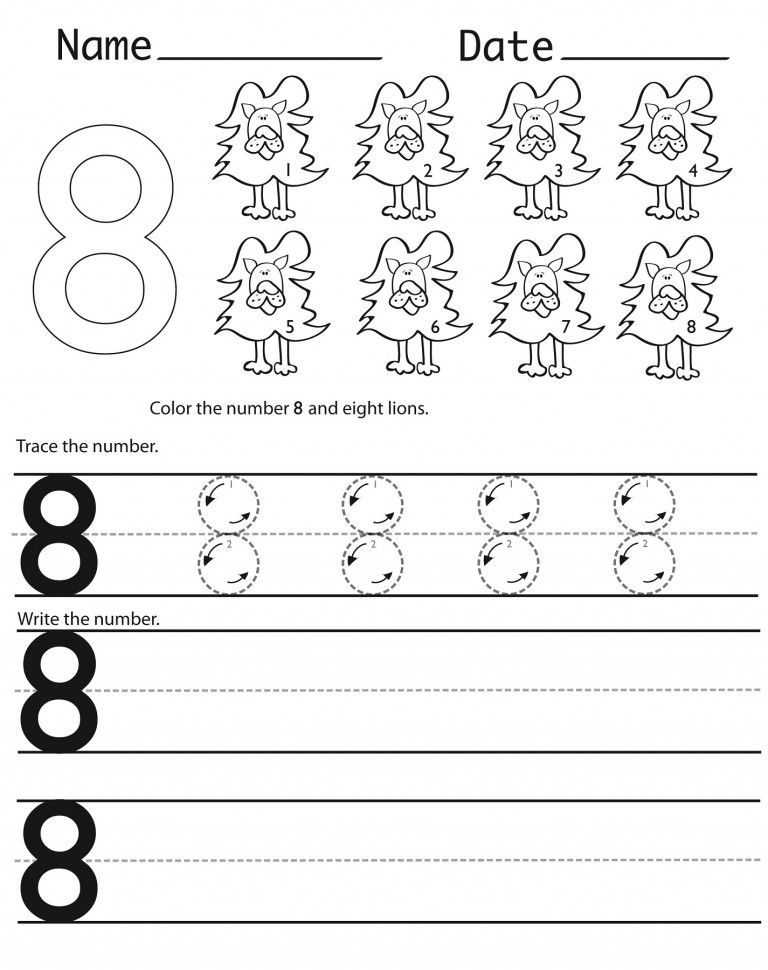 Paint the attentiveness - Color correctly according to the model
Paint the attentiveness - Color correctly according to the model DECEPTION “LUGHT LUGHTS WRIGHT DIARDS”
Bright beautiful records for children from 4 years old. Learn numbers with pleasure.
Classes from 1 to 5, Learning to write
Permissions of 6 to 10 for care for kids. We are looking for numbers and coloring them.
Recipe numbers and hatching for children 5-6 years old0016
Permissions of the digits 2. Learning to write a number with babies
Plain for children 3-4 years old, first prescriptions, and also prescriptions for pre-preparations.